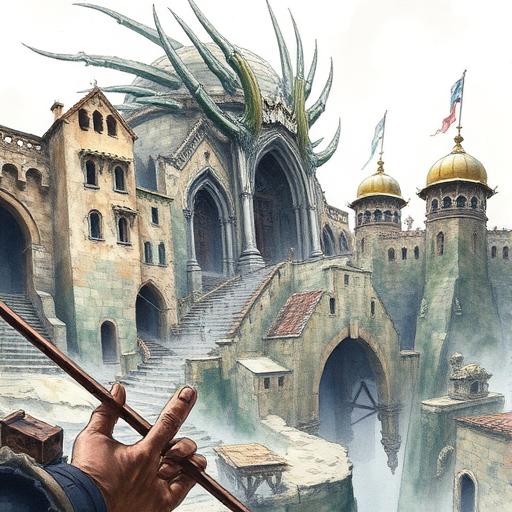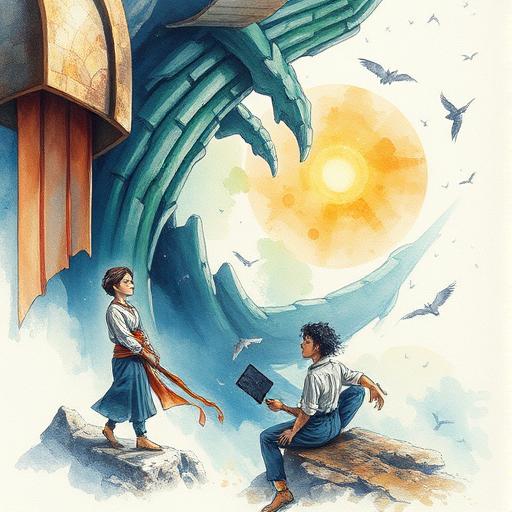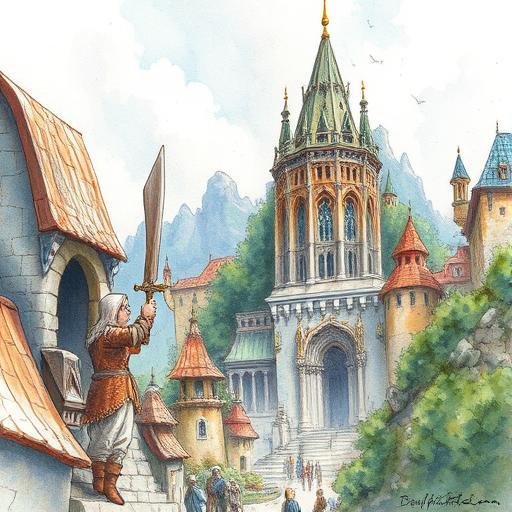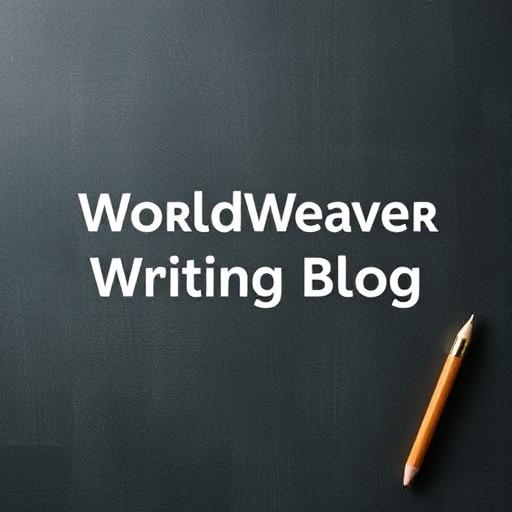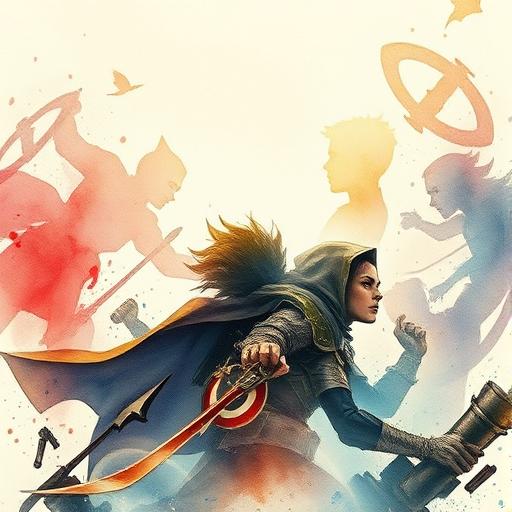Blending Historical and Speculative Elements for Unique Narrative Voices
Learn how to combine historical and speculative elements to create rich, immersive worlds and narratives that transport readers to new and exciting realms. Discover the secrets of blending different storytelling traditions to craft unique narrative voices.
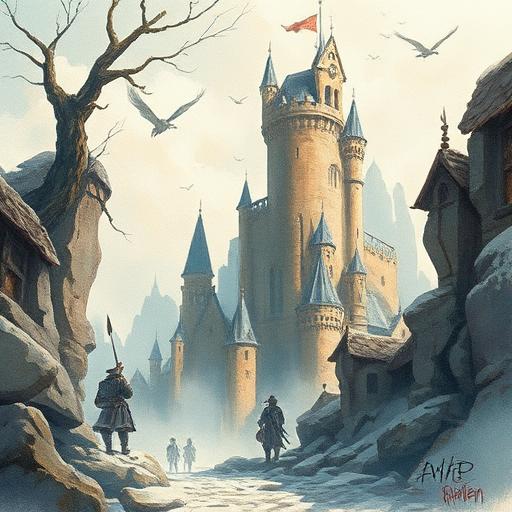
Introduction to Blending Historical and Speculative Elements
Blending historical and speculative elements is a powerful technique used by many authors to create unique narrative voices. This approach allows writers to draw upon the richness of historical events, cultural traditions, and mythological themes, while also exploring the infinite possibilities of speculative fiction. By combining these elements, authors can craft compelling stories that feel both grounded and imaginative.
The Benefits of Blending Historical and Speculative Elements
The benefits of blending historical and speculative elements include:
- Creating rich, immersive worlds that feel lived-in and authentic
- Developing complex, nuanced characters that reflect the diversity of human experience
- Exploring themes and ideas that are relevant to contemporary audiences, while also drawing upon the wisdom of the past
- Crafting unique narrative voices that blend different storytelling traditions and styles
For example, authors like Guy Gavriel Kay and N.K. Jemisin have used this technique to great effect, drawing upon historical and mythological themes to create rich, immersive worlds that feel both familiar and strange. To learn more about blending historical and mythological elements, check out our article on blending historical and mythological elements to create unique fantasy worlds.
Techniques for Blending Historical and Speculative Elements
So, how can you blend historical and speculative elements in your own writing? Here are a few techniques to get you started:
- Use historical events and cultural traditions as a starting point for your worldbuilding, and then add speculative elements to create a unique and imaginative setting
- Draw upon mythological themes and motifs to create rich, nuanced characters and storylines
- Experiment with different narrative voices and styles, blending elements of historical fiction, fantasy, and science fiction to create a unique narrative voice
Creating Complex Narrative Structures
Blending historical and speculative elements can also allow you to create complex narrative structures that reflect the complexity of human experience. For example, you can use techniques like non-linear storytelling, multiple narrators, and unreliable narrators to create a sense of depth and uncertainty. To learn more about creating complex narrative structures, check out our article on techniques for creating unreliable narrators and complex storytelling structures.
The Intersection of Technology and Magic
In many fantasy worlds, technology and magic coexist and intersect in complex and fascinating ways. By exploring the intersection of technology and magic, you can create rich, immersive worlds that feel both modern and mythic. To learn more about the intersection of technology and magic, check out our article on exploring the intersection of technology and magic in modern fantasy fiction.
Examples of Blended Historical and Speculative Elements
Here are a few examples of authors who have successfully blended historical and speculative elements in their writing:
| Author | Book | Historical Element | Speculative Element |
|---|---|---|---|
| China Miéville | The Scar | 19th-century maritime history | Fantasy creatures and worlds |
| Nalo Hopkinson | The Salt Roads | African diasporic history and culture | Fantasy and magical realism |
| Catherynne M. Valente | The Prester John | Medieval European history and mythology | Fantasy and science fiction elements |
Conclusion
Blending historical and speculative elements is a powerful technique that can help you create rich, immersive worlds and narratives that transport readers to new and exciting realms. By drawing upon the richness of historical events, cultural traditions, and mythological themes, and combining them with the infinite possibilities of speculative fiction, you can craft unique narrative voices that feel both grounded and imaginative. So why not give it a try? Experiment with blending historical and speculative elements in your own writing, and see where it takes you!
Comments
Comments are hidden to save bandwidth. Load them when you want to read or leave one.
